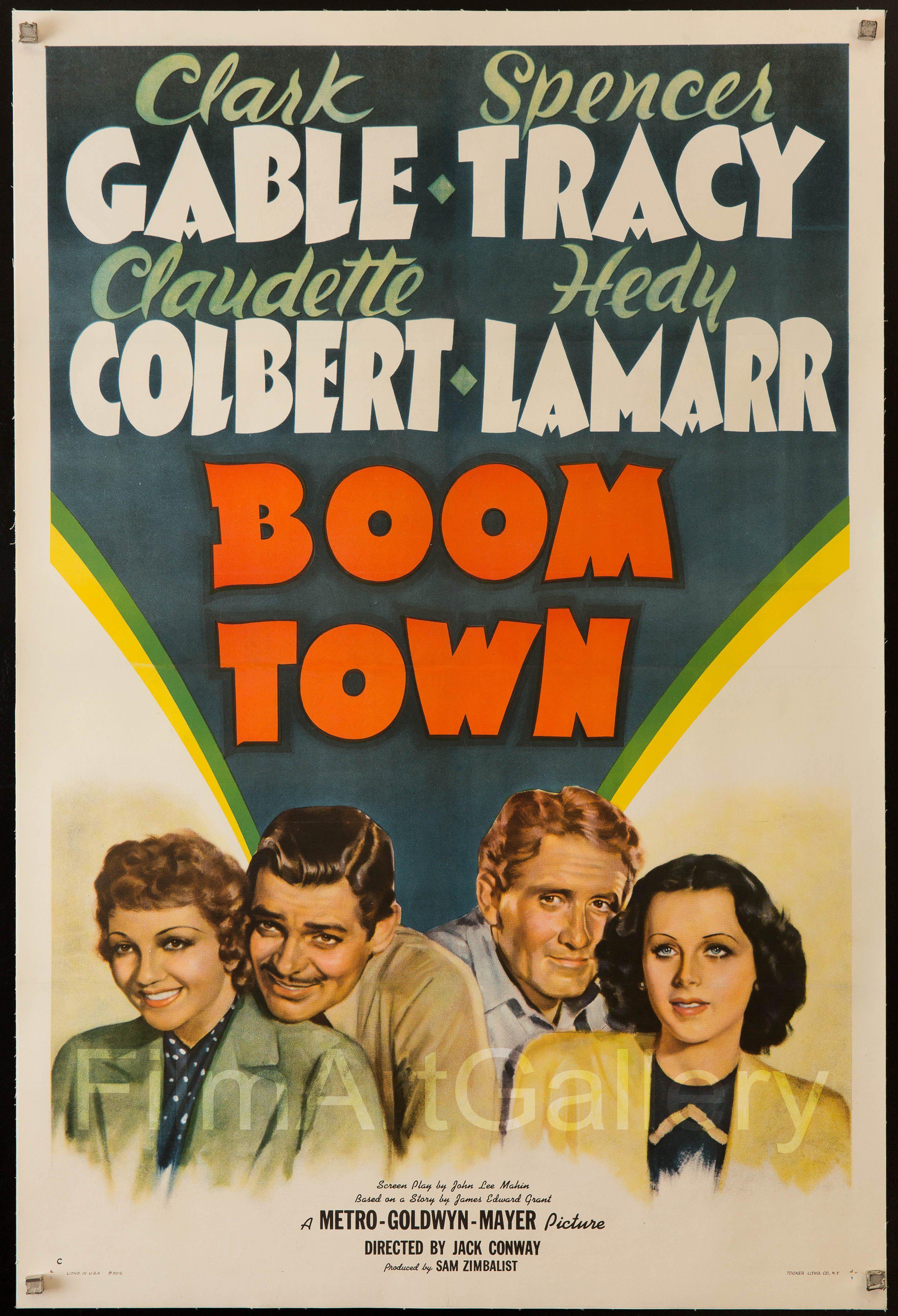CELEBRATING 20 YEARS OF FILMART GALLERY
CELEBRATING 20 YEARS OF FILMART GALLERY
Add description, images, menus and links to your mega menu
A column with no settings can be used as a spacer
Link to your collections, sales and even external links
Add up to five columns
Add description, images, menus and links to your mega menu
A column with no settings can be used as a spacer
Link to your collections, sales and even external links
Add up to five columns
The History of Movie Posters
by Matthew McCarthy March 09, 2024 4 min read

The artistry behind movie posters takes us on a century-long journey through the changing tastes and trends of pop culture. From their origins in the early 20th century to their current digital manifestations, movie posters continue to evolve.
Movie posters don’t just tell stories about the films they represent. They also give a glimpse into the culture and period in which they were created. At Film Art Gallery we are passionate about capturing the history, the current trends, and the future of movie posters.
The Origin of Movie Posters
The birth of movie posters takes us back to the 1890s. Jules Cheret, a French artist, pioneered the use of lithography to create vibrant, multi-colored prints. These earliest incarnations of movie posters were largely functional, solely purposed to publicize the screening time and location of the film.
It wasn't long before filmmakers discovered the powerful role these posters could play in attracting audiences. They began to prioritize more visually arresting and artistic designs, marking the inception of movie poster art as we know it today.
This powerful blend of practicality and artistry set the stage for the evolution of movie posters into the compelling collectibles they have become today.
The Golden Age of Cinema
The Golden Age of Cinema, from the 1930s to the 1950s, saw movie posters emerge as vivid, glamorous representations of Hollywood's greatest stars. Renowned poster artists of the time, such as Drew Struzan, Saul Bass, and Reynold Brown, were tapped by studios to produce dramatic and striking visuals.
Hand-painted and overflowing with grandeur, these posters became the primary marketing tools of the studios. They encapsulated the thrill and luxury of the cinematic experience.
These magnificent creations not only showcased Hollywood's glittering personalities but also magnified the emotional breadth of the movies. They helped to elevate films to an unparalleled pedestal in the entertainment industry.
The Impact of Pop Art
Bold hues and identifiable graphics defined the impact of Pop Art on movie posters during the 1960s and 70s. This period marked a creative renaissance, as artists began to infuse their designs with psychedelic flair and themes reflective of the era's rebellious artistic movement. The posters for films like "A Clockwork Orange" and "Rosemary's Baby" are stellar examples of this shift in style.
Rather than merely advertising films, these pieces challenged traditional poster norms, igniting creativity and challenging the status quo. They rebelled against the conventional norms, boldly illustrating the movie’s essence in abstract forms and audacious colors. This genre transformed the landscape of movie poster design.
Ultimately, this era didn't just push the boundaries of what was artistically acceptable—it utterly redefined them. Check out our vast collection of 1960s and 1970s FilmArt movie posters for coveted and limited pieces.
The Dawn of Minimalism
The 1980s introduced an era of minimalism in movie poster design, shedding the flamboyance of previous decades for a sleek, refined aesthetic. This era was all about letting the film's stars and title shine, with designers favoring simplicity over color and complex design. A single, compelling image or symbol was often used to encapsulate the essence of the film.
The iconic poster for "Jaws," featuring the terrifying image of a lone shark, is a striking example of this trend. The shift towards minimalism reflected a new sensibility in design, emphasizing the power of understatement and subtle storytelling.
Overall, this marked a new phase in movie poster history, demonstrating that sometimes, less can be more.
The Digital Revolution
As the 1990s unveiled the power of digital tools, movie posters embarked on an exciting transformative journey. The introduction of Photoshop offered designers the opportunity to craft more intricate, hyper-real, detail-rich designs. This era gave birth to the modern, ensemble-style movie poster typified by franchises like "Avengers" and "Harry Potter."
While some criticize this style as impersonal or formulaic, there's no denying its capacity for incredible flexibility. A poster could now contain an array of characters, symbols, and hidden easter eggs, each telling a piece of the story.
The Future of Movie Posters
As we venture into tomorrow's cinematic landscape, the evolution of movie posters promises to be a thrilling ride. In this increasingly digital age, emerging technologies like virtual and augmented reality may revolutionize poster design, ushering in an era of interactive experiences. Imagine movie posters that spring to life when viewed through a special lens, revealing hidden layers and immersive details.
Will the surge of streaming platforms inspire a new wave of design tailored specifically for digital viewing? Rather than traditional billboards, we expect to see innovative digital displays that captivate viewers in fresh and exciting ways.
Ultimately, the future of movie posters is a canvas waiting to be filled with boundless creativity and innovation. We, at FilmArt Gallery, are excited for what’s to come and are keeping a strong pulse on what lies ahead.
Explore Our Collection
Dive into the history of movies with our vast collection of iconic movie posters. We are proud to have one of the world’s largest and finest collections of film posters. With thousands of vintage movie posters available online, you are sure to find a cherished piece of movie art that speaks to you.
Subscribe
Sign up to get the latest on sales, new releases and more …
